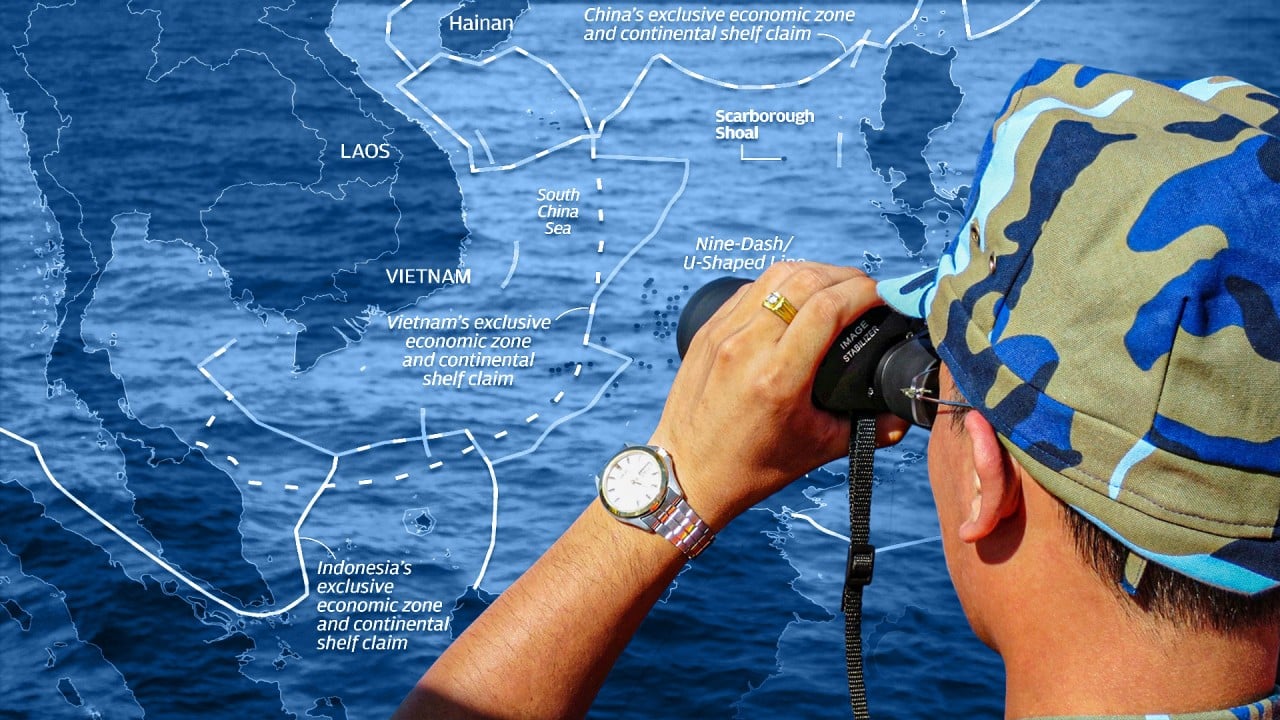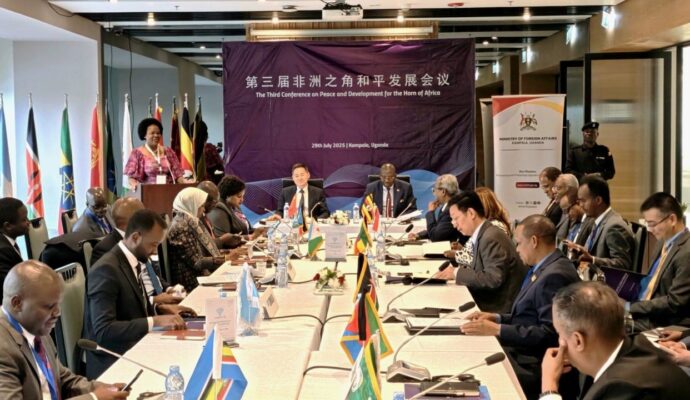Without identifying which US officials would attend the Xiangshan Forum, Michael Chase, deputy assistant secretary of defence for China, said the Pentagon planned “to send participants at a level that’s consistent with what we’ve done in the past”.
“In terms of hopefully … kick-starting some of the military-to military engagements, yes, I’m hopeful that we’ll have an opportunity to do that in the coming months,” he said, during a discussion at the Atlantic Council on Monday.
China’s rise does not make it America’s competitor, Pentagon official says
China’s rise does not make it America’s competitor, Pentagon official says
Asked about the report shortly after its release last week, Liu Pengyu, spokesman for Beijing’s embassy in Washington, said the Pentagon was “hyping up various versions of the ‘China threat’ narrative and making groundless allegations and smears towards China”.
“This is not a set of individual rogue pilots doing this and we have various reasons to believe that, including just a pattern of behaviour, which has been relatively constant and quite worrisome,” Ratner said.
“We understand that they have ambitions to drive the United States out of the region … [and] an interest in driving wedges between the United States and our allies and partners.”
Chinese general to step in for missing defence minister at security forum
Chinese general to step in for missing defence minister at security forum
Dubbed Beijing’s answer to the Shangri-La Dialogue in Singapore, the Xiangshan Forum from October 29 to 31 will be the first since 2019, before strict Covid-19 suppression measures cancelled most high-level, multilateral events in the country.
In Monday’s discussion, Ratner floated the possibility of high-level, military-to-military dialogue between the US and China at the next Asean Defence Ministers’ Meeting-Plus (ADMM-Plus) in Jakarta next month.
“I would just say the last face-to-face meeting, in fact, the last discussion that [US Defence Secretary Lloyd Austin] has had with his PRC counterpart occurred last November, during the ADMM-Plus meetings, then in Cambodia,” Ratner said.
“Those meetings are coming up again next month, and we’ll look forward to potential opportunities there.”
While dialogue with China languishes, Ratner said the Pentagon has stepped up its engagement with other countries in the Indo-Pacific about how to counter the activity detailed in the China military power report.
According to Ratner, these include countries that have reported close calls with Chinese ships and warplanes, among them Canada, Australia and the Philippines.
“What we have been doing across the board with both high end and less developed partners is helping them think through what are the types of … asymmetric capabilities and investments that would be useful for them, to help them defend their own national interests, their own sovereignty,” Ratner said.



